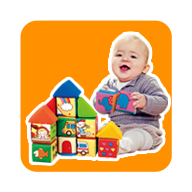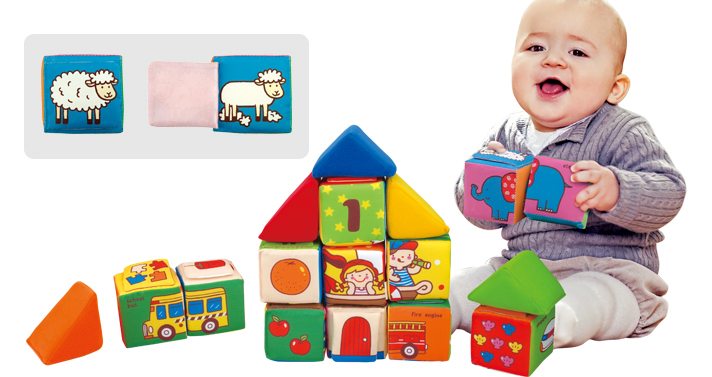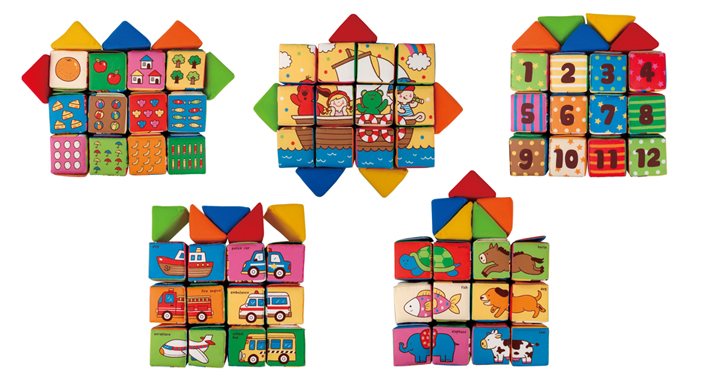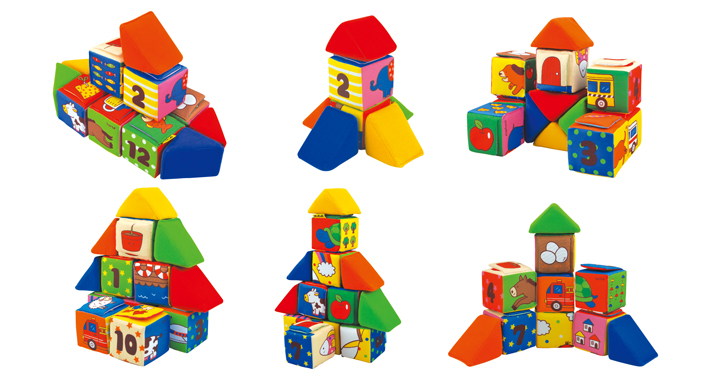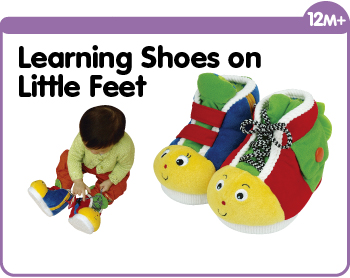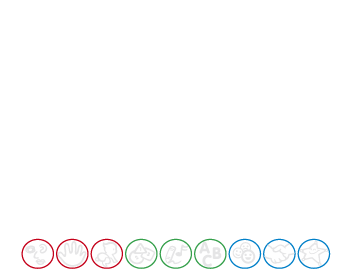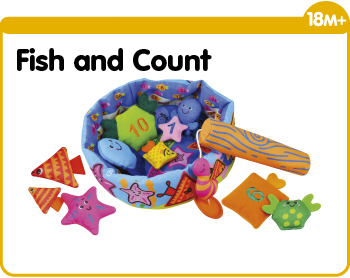- Description
- Stage 1(6 - 18M)
- Stage 2(12 - 24M)
- Stage 3(18 - 30M)
- Stage 4(24 - 36M)
- Stage 5(30 - 36M+)
- Sharing

Cube: 8cm(W) x 8cm(H) x 8cm(D)
Triangle: 10cm(W) x 5cm(H) x 8cm(D)
A long-term, smart-play toy, which paves the way for discovery and intelligence development of kids!
There are a total of 12 cubes and 5 triangles for stacking.
Numbers, "Peek-a-boo" and a variety of pictures on the cubes enable kids to learn consequences, counting and matching.
A puzzle provides good practice in eye-hand coordination and logical thinking.
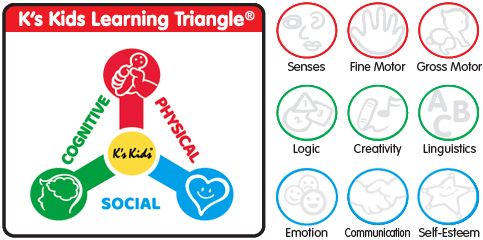








 Senses
Senses
The fundamental senses of seeing, tasting, hearing, smelling & feeling encourage a child's curiosity.
 Fine Motor Skills
Fine Motor Skills
Fine motor skills are those smaller actions between the thumb and fingers or using the toes to wriggle and feel the objects.
 Gross Motor Skills
Gross Motor Skills
Gross motor skills are larger movements involving the arm, leg, or feet muscles or the entire body.
 Logic
Logic
Logical training enables babies to make connections between pieces of information.
 Creativity
Creativity
Colors, shapes, learning how to draw, getting familiar with music and rhythm, all goes to aid the growth of a child's creativity.
 Linguistics
Linguistics
Linguistic Intelligence is the ability to use sound and language for expression and comprehension of others while a child is developing.
 Emotion
Emotion
A healthy child should be able to control and express his emotion, and interact effectively with others with mutual trust.
 Communication Skills
Communication Skills
Good communication skills lead a child to perform cooperative tasks and become productive team members.
 Self-Esteem
Self-Esteem
Self-Esteem is an overall sense of achievement a child feels from the important people around him. Task basis activities could help children to build up a stronger self-esteem with a better judgment about their own worth.
*These are recommendations made under normal circumstances. Parents can determine which activities are most suitable depending on the progress of individual children.
Objective: Grabbing fine motor skills training
Method: Parents can encourage children to grab the blocks (with both their right and left hands).




































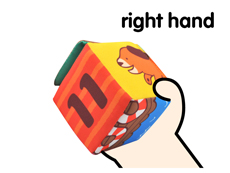











Objective: Flipping fine motor skills training
Method: Encourage children to flip the flap on each of the blocks in three different directions.












Flipping upwards
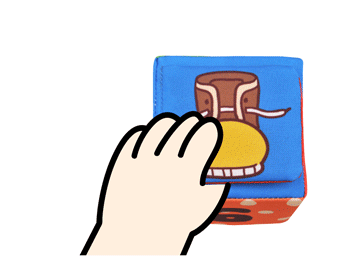











Flipping to the left
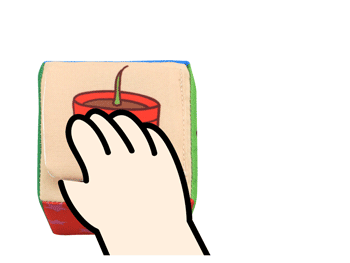











Flipping to the right
Objective: Learning everyday objects
Method: Use the pictures on the blocks to teach children different objects.












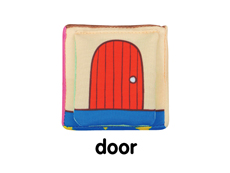











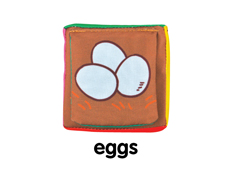











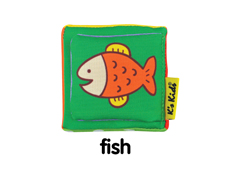























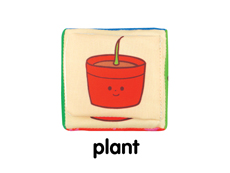











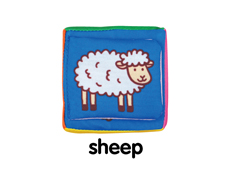



































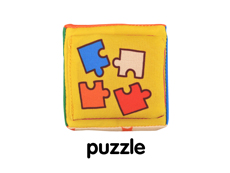













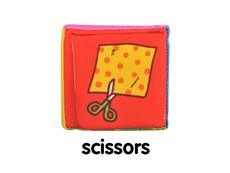













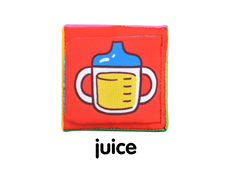













Objective: Identifying objects
Method: Name an object and encourage your child to point to the block with that object on it.
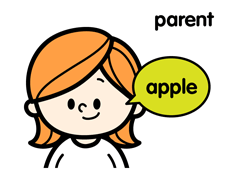











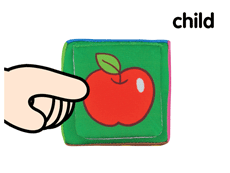











Objective: Stacking
Method: Encourage children to stack 2-3 blocks, one on top of the other. This activity trains children’s balancing skills and patience.








Objective: Learning colors
Method: Teach children to identify colors using the colorful, triangular blocks.




































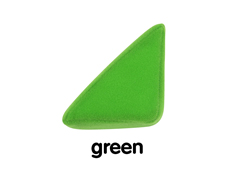











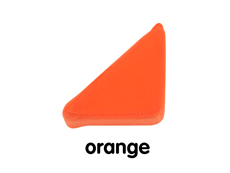











Objective: Learning shapes
Method: Teach children about shapes by arranging the blocks to make triangles, squares and rectangles.
























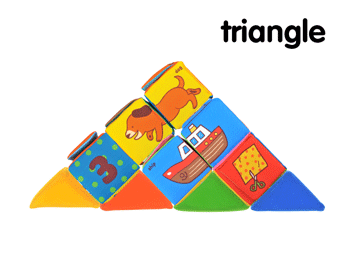











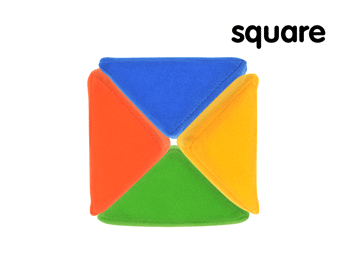











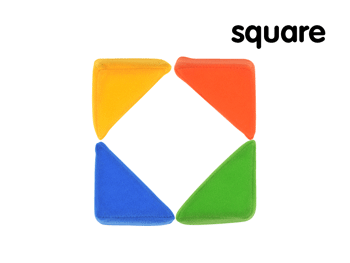











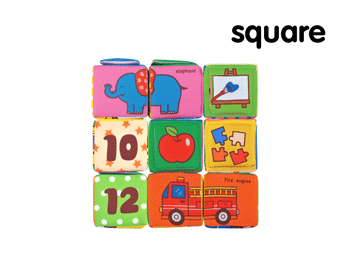











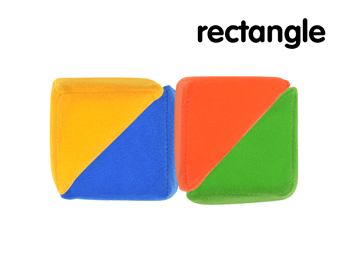











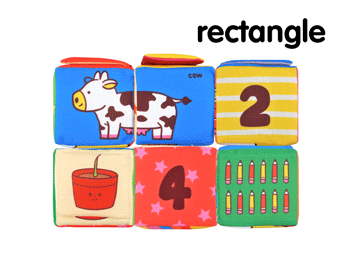











Objective: Throwing
Method: The blocks are soft and easy to grab. Encourage children to throw the blocks and to train their arm muscles.








Objective: Stacking
Method: Encourage children to stack 3-5 blocks, one on top of the other. This activity trains children’s balancing skills and patience.








Objective: Learning numbers
Method: Teach children to identify numbers using the numbered blocks. (1-12)








Objective: Learning to count
Method: Together with your child, count the objects on the blocks. Then encourage her to match it with the correct number block.












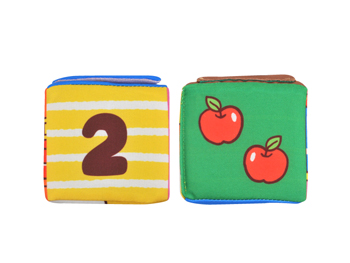























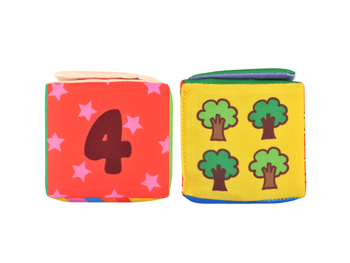











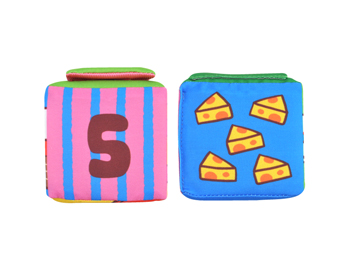











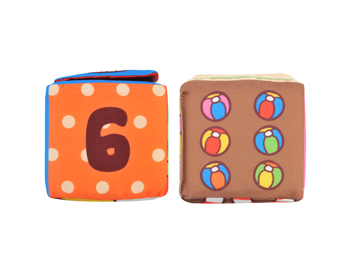











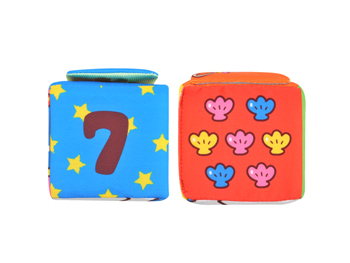

















































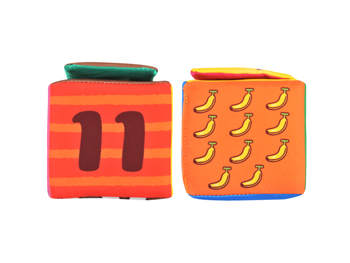



























Objective: Animal matching
Method: Complete animals by matching the blocks. Parents can teach children about the characteristics of different animals. This activity trains children’s fine motor skills and eye-hand coordination.












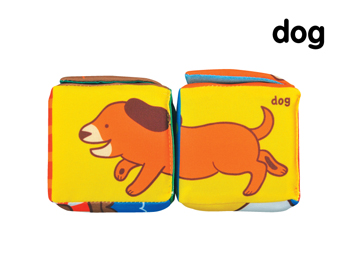











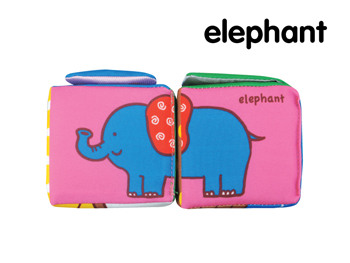











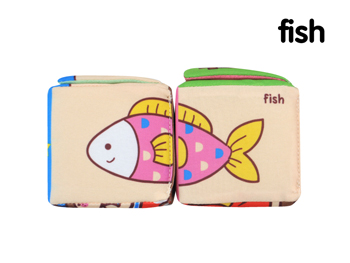











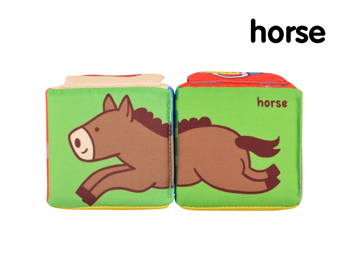











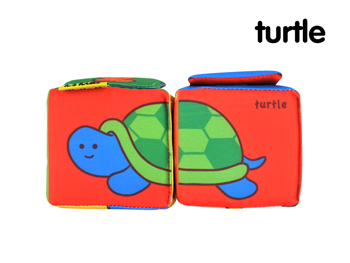











Objective: Transportation matching
Method: Complete transportation by matching the blocks. Parents can teach children about the characteristics of different transportation. This activity trains children’s fine motor skills and eye-hand coordination.
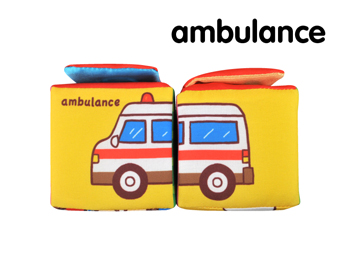











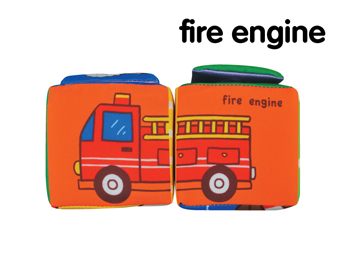











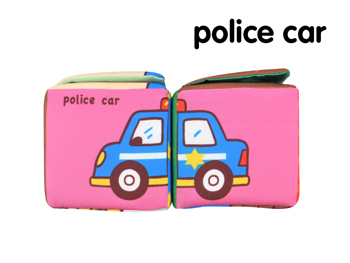























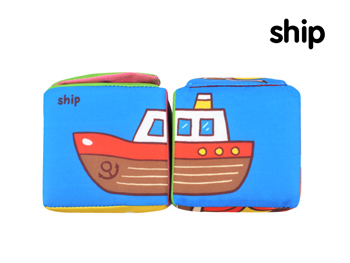











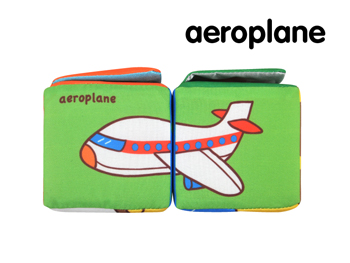











Objective: Building with blocks
Method: Build the following configurations, starting from the simple ones and progressing to the complex ones:












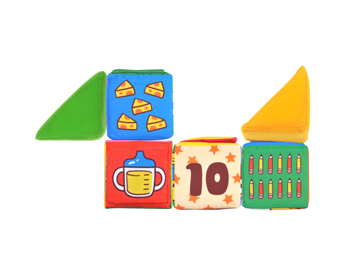























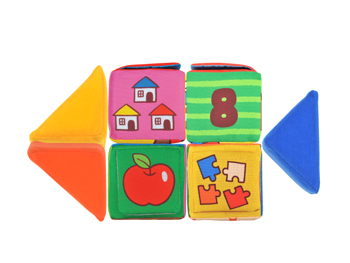











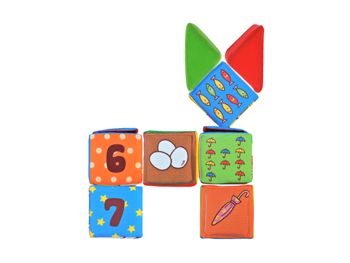











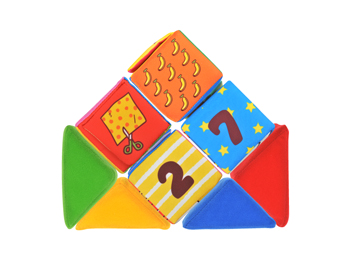











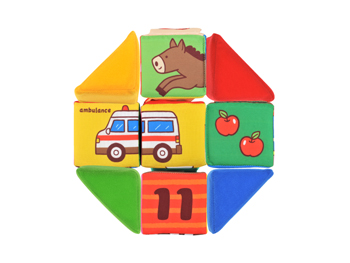











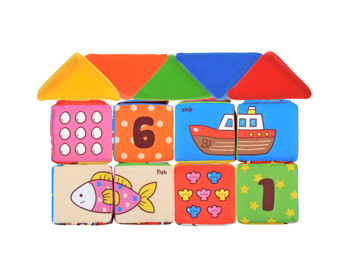











Objective: Stacking
Method: Encourage children to stack 5-6 blocks, one on top of the other. This activity trains children’s balancing skills and patience.








Objective: Completing the puzzle
Method: Complete the 12-piece puzzle with your child.








Objective: Learning “cause and consequence”
Method: Using the "cause and consequence" side of the blocks, ask questions to guide your child to say what happens afterwards. Then let her lift the flap to see the answer.
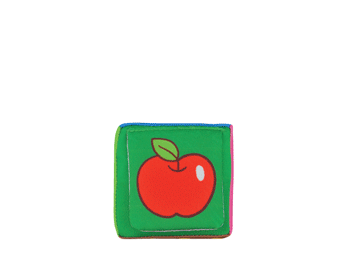











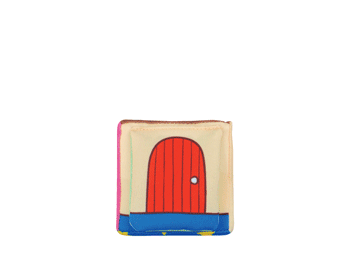











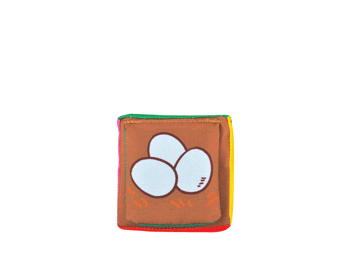











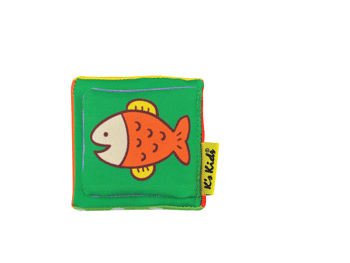











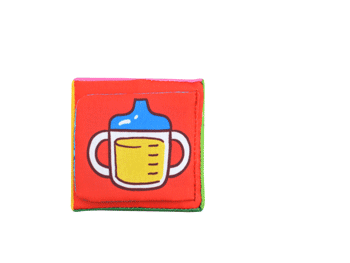











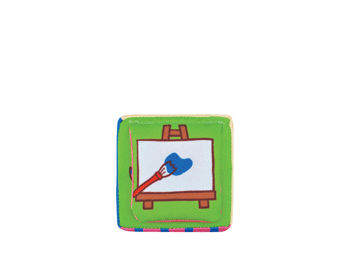











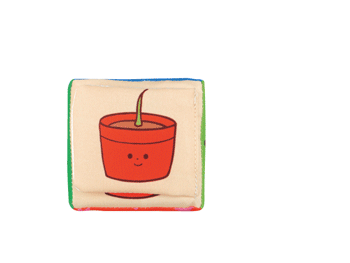











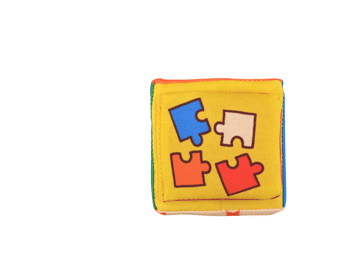











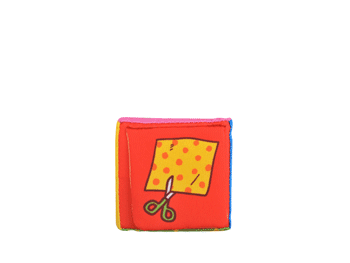











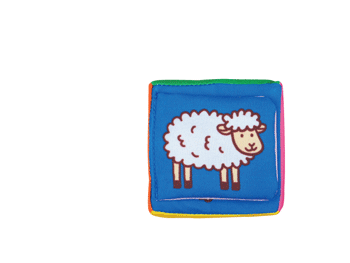













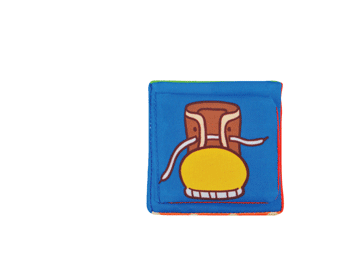













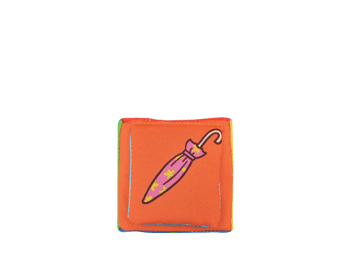













Objective: Stacking
Method: Encourage children to stack 7-8 blocks, one on top of the other. This activity trains children’s balancing skills and patience.








Objective: Simple addition with objects
Method: Teach children simple addition by letting them count the objects on two or three blocks. Then they can match the object blocks with the correct number block.












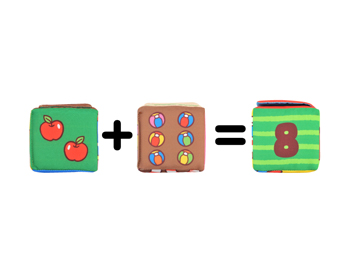











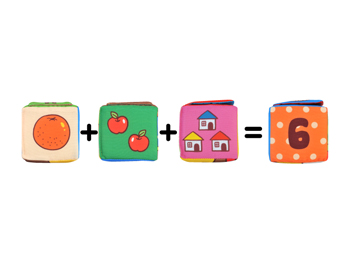











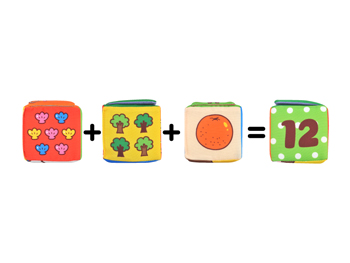











Objective: Simple addition with numbers
Method: Teach children simple addition by letting them add the numbers on two or three blocks. Then they can match the number blocks with the correct object block.
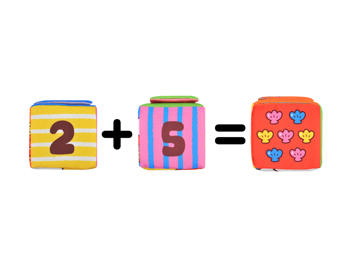











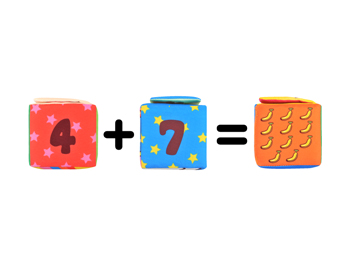























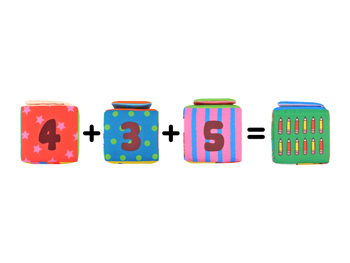











Objective: Odd and even numbers
Method: Use the numbered blocks to teach your child odd and even numbers.
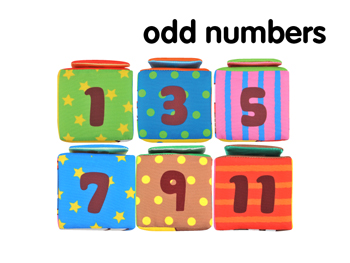











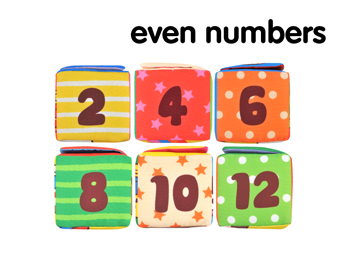











Objective: Catching and throwing
Method: The blocks are soft and easy to grab. Use the blocks to play catch with your child and to train her catching and throwing skills.
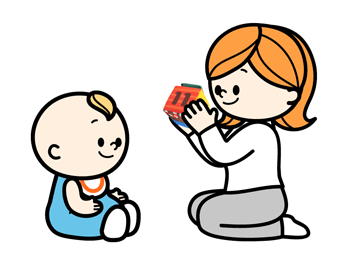







Objective: Building with blocks in 3-dimensions
Method: Build the following configurations, starting from the simple ones and progressing to the complex ones. This activity develops children’s concepts of space and 3 dimensionality.
























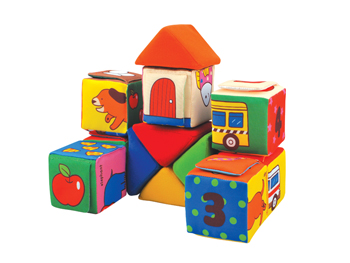











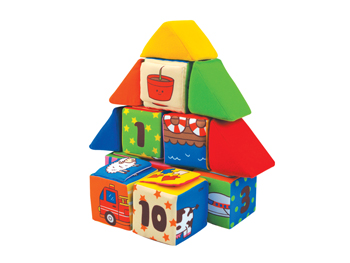











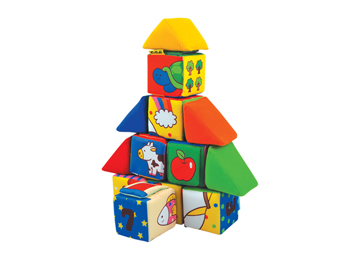











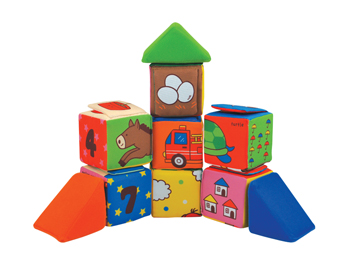











Objective: Creating their own configurations
Method: Using techniques and concepts from activity 5.2, children can create their own 3D configurations. This activity develops children’s creativity.
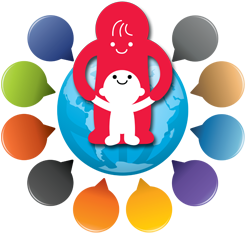
Sharing
We sincerely hope that the guidelines provided by our K's Kids Parents' Support Center will help you make the most of your K's Kids product. We hope that every child with a K's Kids product will benefit from playing and learning from it.
We also believe that every child is unique and full of creativity.
Apart from the learning methods provided here, have you or your child discovered fun and creative ways to play with your K's Kids toys? A different combination of Chain-an-inchworm? An interesting, new way to teach language using Learn to Talk™ ? Or do you simply want to share your feelings and opinions?
To share your views, please use the form below. Attach a photo or video and provide us with a short note. Whatever it is, we earnestly hope that you will share your views with us. Your views may in turn be shared with countless other parents, so that more kids can have fun with their K's Kids toys.
Please do not close this window.















































































